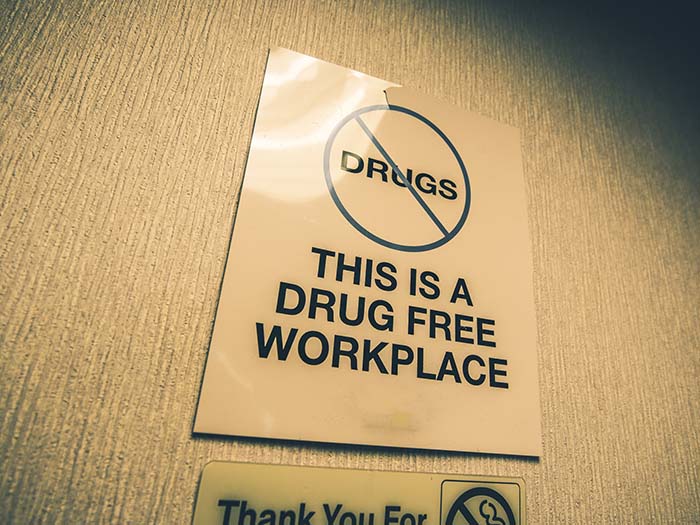Column: Workers' Comp
Time to Rethink Drug Laws
Rampant abuse of prescription painkillers has advocates calling for reforms to the federal Controlled Substance Act, adopted in 1970. But the grinding nature of bureaucracy means that changes to the country’s main drug enforcement law usually come years after drug abuse patterns shift, rendering the law less potent than it could be.
Marijuana proves just how out-of-step the CSA can become. The CSA ranks pot, along with heroin and other illegal drugs, as a Schedule 1 substance, meaning it is so dangerous that it shouldn’t be prescribed by a physician. Yet, selling pot is now legal in two states and easily obtainable in other jurisdictions with a doctor’s prescription.
I’ll leave it to marijuana legalization advocates and opponents to argue over whether weed should remain a Schedule 1 drug. But I will argue that the CSA needs strengthening, without delay, to help discourage the prescribing of addictive opioid medications when alternatives for treating pain should be considered first.
The FDA is working to improve the classification of certain opioids under the CSA. The agency recommended last fall that hydrocodone-combination drugs, such as Vicodin, be moved from Schedule 3 to Schedule 2. That would place more restrictions on the prescribing of the drugs.
Other prescription opioids such as oxycodone and fentanyl — commonly used to treat injured workers — are already Schedule 2 drugs because they have a high potential for abuse and can cause dependence.
Yet, even though there is ample evidence that hydrocodone-combination opioids also addict patients and contribute to overdose deaths, the government, in typical bureaucratic fashion, has taken years to reclassify them under the more restrictive category.
The CSA’s classification of drugs based on their risk level makes sense in theory, said Dr. Andrew Kolodny, president of Physicians for Responsible Opioid Prescribing.
“The problem arises when drugs are incorrectly classified,” he said.
The CSA was adequate in the 1970s when street drugs like heroin topped the nation’s list of drug abuse concerns, said Phil Walls, chief clinical and compliance officer at myMatrixx, a workers’ comp pharmacy benefit management company. Back then, doctors were conservative when prescribing pain medication.
But attitudes shifted in the 1990s, when many came to believe that all pain should be relieved. Doctors began liberally prescribing opioids, and the CSA didn’t keep pace with that shift.
“Obviously, [the act is] not effective or we wouldn’t have a prescription drug epidemic,” Walls told me.
The federal government could strengthen the CSA by incorporating a federal prescription drug monitoring program, instead of leaving the practice of tracking opioid prescription fills to a patchwork of state-by-state regulators.
Determined abusers can get around the state monitoring programs by crossing jurisdictional borders, Walls said.
Just strengthening the CSA won’t solve the complex problem of opioid misuse and abuse. That requires a range of solutions, including workers’ comp payers monitoring the drugs prescribed to injured workers.
But a stronger drug law would provide one more tool for reminding doctors that prescribing opioids can not only endanger patients, it could have legal ramifications for the physician.










